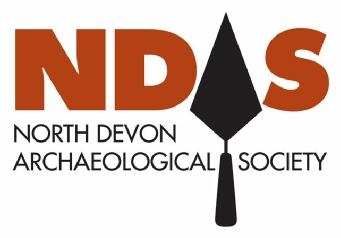 Back
Back
Sherracombe Ford 2003 -
(Newsletter No6 2003) See also The Exmoor Iron Project.
After joining Dr. Jill Juleff and first year students from Exeter University at Sherracombe last year and enjoying myself, I readily agreed when I was asked if I would like to join the team again this year. Once I had overcome the problem of transport to the site, i.e. on the back of Jim Knight's quad bike, an experience second to none, I arrived at the site having missed most of the hard work of removing turf and top soil.
There was a lot of speculation by the new group of first year students as to what might be found. Their ideas ranged from pottery to 'Viking hordes'. After a few days of painstaking digging in one of the new trenches they came face to face with reality when a great deal of excitement was produced by the unearthing of a quantity of charcoal. This was about the highlight of this particular trench.
The main focus of interest was around the site of last year's excavation, that is,
the working platform at the top of the major slag dump through which a trench was
previously dug. The backfilled soil was removed by a small mechanical digger and
then the site was trowelled to clean it. It was still as impressive this year as
last. The decision was made to break through the smithing floor which had been found
last year. This proved easier said than done, as the floor was very thick and very
hard. Hammers and bolsters gave way to angle-
Quantities of Romano-
Sherracombe Ford is a very large site and it is a shame that, for the moment, this
project has completed its brief. Next year’s excavation will be in a different location.
Perhaps future generations will re-
I look forward to the results of all the laboratory investigations and tests so that I will know what we were looking at and what we found!